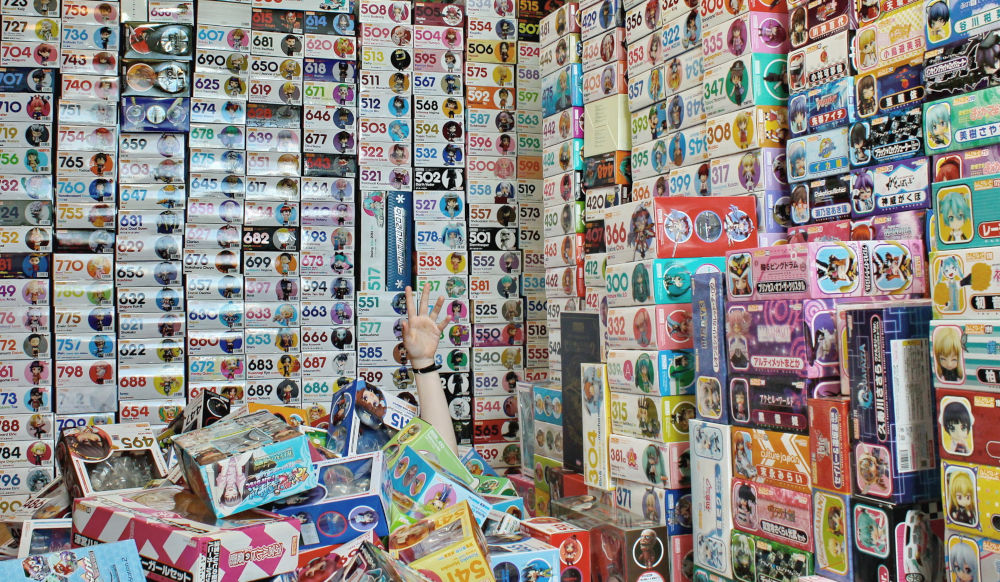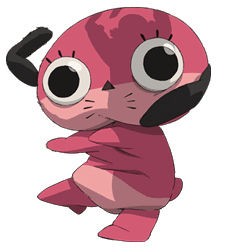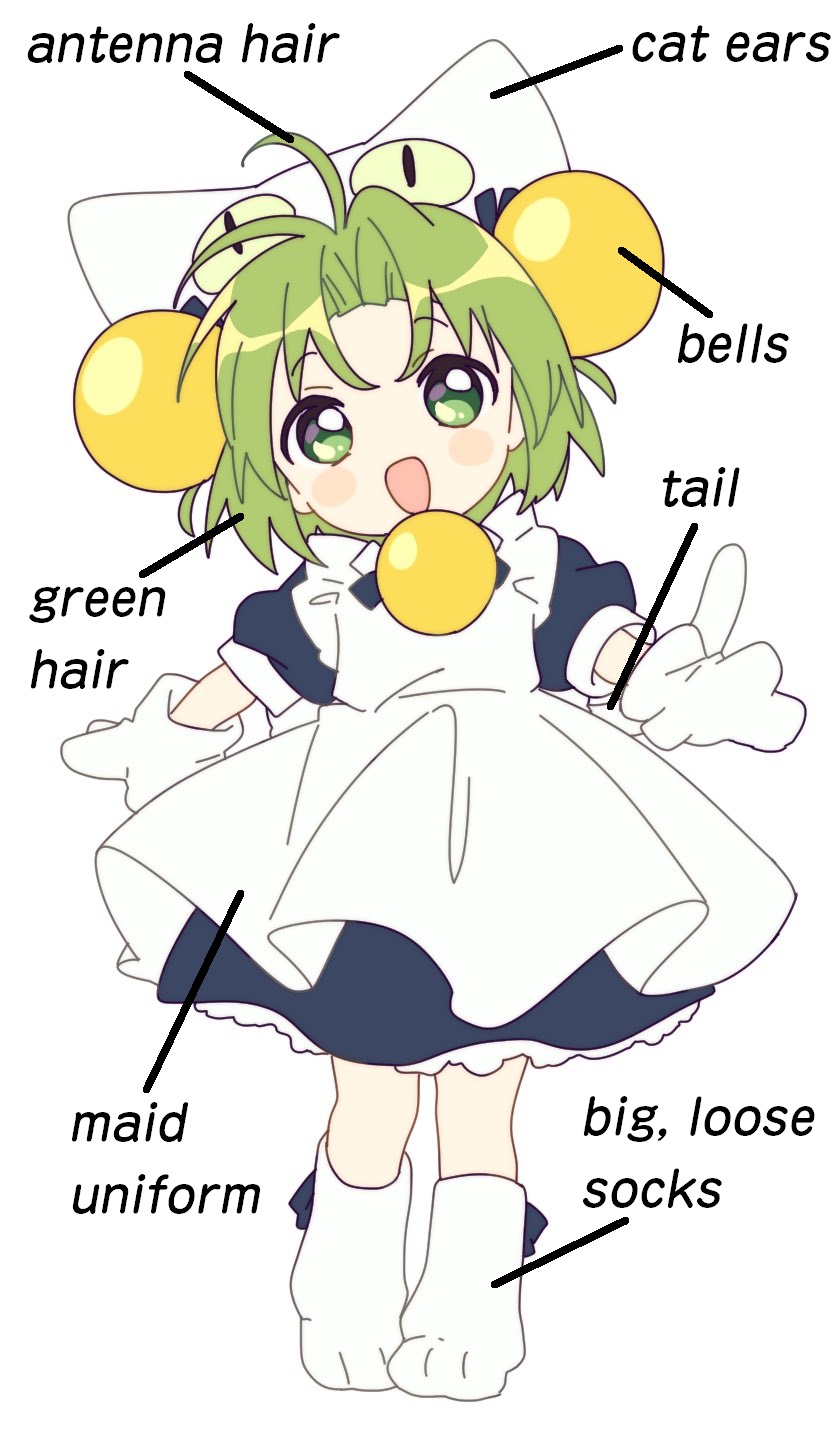
back in the sixties, a japanese salesman made what now seems like an obvious observation: certain products that had a cute little design on them like a flower outsold the same products without any additional flair. in search of cute designs to put on products, he eventually ended up licensing the japanese merchandising rights to the character snoopy, and it was a huge hit. as the years went on, though, he started getting frustrated with how much paying out royalties was hurting his bottom line. then, he had a realization: there was absolutely nothing stopping him from cutting out the middleman and hiring in-house artists to design characters exclusively for putting on merchandise. the company would own the rights to the characters, so there would be no need to pay out royalties. how did this innovative business plan end up working out? you already know; the name of his company was sanrio.
many commentators love to point out hello kitty’s sparse biographical details (i vaguely recall hearing somewhere that it took 20 years for sanrio to officially confirm hello kitty was female) and marvel at how hello kitty succeeded in spite of its shallowness. but sanrio is vague and reticent because they know that hello kitty’s backstory is superfluous, and any addition is liable to do more harm than good. hello kitty is a blank canvas, a floating signifier; sanrio has stated that hello kitty has no mouth because the intention is that you “project your feelings onto the character”. backstory detracts from the purity of the image: everything you see is everything there is. each instance of hello kitty contains the totality of hello kitty (empty as it may be). they are all copies; but they are also each the original. hello kitty is a simulacrum.

did you know that during the japanese economic crisis of the nineties (the "Lost Decade"), sanrio was one of the only legitimately profitable japanese companies? throughout the economic crisis, many corporations engaged in so-called "cosmetic accounting" to cover up losses. the extent of the problem was so bad that many companies were no longer even aware of their true financial position, because even internal reports had been manipulated by employees trying not to disappoint their bosses. the lack of true information made it extremely difficult to fix any of the issues, and eventually it ended up bringing down many companies. the idealized representation supplanting reality, thus destroying it - "the mask that eats the face" - this is one theme that satoshi kon was deeply interested in. "paranoia agent" is about papering over deep social issues with cute characters and escapism, disguising their true extent and in some cases accelerating collapse - very similar to what happened in the japanese economy.in a culture that still has faith in narratives, the success of a pure character like hello kitty would be unthinkable. but in one that has turned away from or even scorns narrative, it is completely reasonable. surgically detached from its original context, even a character like snoopy that originated within a narrative loses any narrative capacity. eventually it will be forgotten that there ever was an original work and an associated narrative. the character will stand alone, its rebirth as a pure simulacrum complete. an “original” character like hello kitty is even more pure, since there was never any work or narrative to be torn from and forgotten in the first place. manufactured within a vacuum, the absence of narrative is by design, total from the outset.
although the decline of narrative was felt strongly enough across culture to make the masses receptive to hello kitty, it would still be many years before many more pure characters were able to achieve mainstream popularity. on the other hand, things were quite different in otaku culture. otaku are more reliant on the consumption of fiction as a facilitator of group identity, and so they felt the decline of narrative quite acutely. characters managed to fill the void so perfectly for otaku that they outcompeted everything else, until there was little left except characters. the character became the atomic unit of otaku culture, the necessary and sufficient element of otaku works, the constant. as azuma writes: “there is no longer a narrative in the deep inner layer... it is only characters that unite various works and projects. The consumer, knowing this, moves easily back and forth between projects with a [plot] (comics, anime, novels) and projects without one (illustrations and figurines).”
though otaku were particularly receptive to characters due to the decline in the importance of narrative, there is another reason why characters came to dominate otaku culture, and it is also related to their lack of narrative. no longer beholden to any particular setting or context (and of course no narrative), isolated, unleashed characters are the ultimate cultural commodity. like hello kitty, their adaptability is virtually unlimited. as the founder of sanrio discovered, you can instantly boost sales for any boring old product by branding it with a character to create an infinite variety of “character goods”. that’s not anything that the logo of a luxury designer can’t accomplish as well, but characters can go much, much further. the character, for example, can be the product, in the form of a figure, an illustration or a plush. the truly unique ability of characters, though, is that their versatility extends far beyond mere material goods: characters can be freely dropped into new creative works like anime, manga, novels, games, and even into dubious mediums like pachislot machines. but of course characters aren’t even limited to appearing in only official, approved products or works, they can also make their way into a diverse assortment of derivative fan works including fanart, fan-made character goods, fanfiction, erotic doujinshi, etc.
since the late nineties, the otaku obsession with characters has done nothing but accelerate, bordering on fetishism. otaku continually set the bar higher for obsessive activities in the service of characters, and companies are more than willing to indulge them with new characters and character goods to buy. once upon a time, the otaku “economy” was primarily fueled by the purchase and consumption of original works, but no longer. now it is the sale of “character goods” that dominates the otaku economy. the success of entire franchises depends almost solely on the strength of the characters, and new otaku franchises and media are increasingly character-centric, and old ones evolve to be so.
looking at the biggest trends and franchises in otaku culture, it is possible to track how they have become more character-focused. azuma marks the initial shift as beginning around 1995, around the time that evangelion originally aired (note how the evangelion characters are still extraordinarily popular to this day). as covered in the previous installment, this period coincided with the maturation of the third generation of otaku, the first generation of otaku who no longer cared about narrative at all and thus primed to latch on to characters lacking narrative. for example, the mid-nineties would see the rise of what would become one of the quintessential otaku mediums (and one that is heavily focused on characters): the visual novel. though they were originally invented in the eighties, according to azuma they did not really achieve massive popularity among otaku until the mid-nineties (perhaps computer graphics were not yet good enough to display satisfying illustrations of the heroines). the visual novel focus on characters is revealed by one of their most distinctive elements, the use of branching “routes” and multiple endings. the importance of giving each character a complete individual storyline is more important than presenting a single cohesive plot or narrative, and so the overall “plot” of a visual novel is an indefinite superposition, a hazy cloud of possibility-space. the plot is subordinate to the characters. there may be a “canonical” “true ending”, but this does not reduce the effect because usually they require playing through every branch (and even if they don’t, many otaku will do so anyway, not considering the visual novel “complete” until they do).
the nineties would also see the birth of a visual novel offshoot even more explicitly focused on characters, the dating game, for which the model and breakthrough hit was released in 1994, tokimeki memorial. i am not well-versed in the history of “waifuism” but i strongly suspect it may have started taking off around this time as well. at the very least, a cursory search indicates that the first dakimakura cover was created around 1995-1996.
continuing on to the late nineties, azuma analyzes extensively one of the most popular characters in otaku culture at the time, digiko the success of franchises depends so much on the strength of the characters, so wanting to leave nothing to chance designers draw upon, yes, the DATABASE to design them. this is what azuma's analysis of digiko is focused around, how she was designed to maximize moe by drawing upon a database of "moe-elements". the moe-elements used in digiko are labelled above, in a diagram from the book that i recreated using a higher-quality illustration. looking at it now, you can see how the database of moe-elements has evolved since then: "big, loose socks" were EVERYWHERE in the nineties but you don't really see them at all anymore. some things haven't changed, as far as i'm aware maid outfits and cat ears are still pretty popular (though nowadays the cat ears seem to be an actual part of the body more often). . digiko is notable for having originated more along the lines of hello kitty: not within a work like a manga or an anime, but as the mascot for a chain of game stores, a kind of proto-hatsune miku. digiko only achieved a fraction of miku’s popularity but is significant as one of the first instances in which the character preceded works, as digiko became popular enough that she eventually acquired a personality and supporting characters before (unlike hello kitty) starring in manga and then anime “adaptations” .
the success of franchises depends so much on the strength of the characters, so wanting to leave nothing to chance designers draw upon, yes, the DATABASE to design them. this is what azuma's analysis of digiko is focused around, how she was designed to maximize moe by drawing upon a database of "moe-elements". the moe-elements used in digiko are labelled above, in a diagram from the book that i recreated using a higher-quality illustration. looking at it now, you can see how the database of moe-elements has evolved since then: "big, loose socks" were EVERYWHERE in the nineties but you don't really see them at all anymore. some things haven't changed, as far as i'm aware maid outfits and cat ears are still pretty popular (though nowadays the cat ears seem to be an actual part of the body more often). . digiko is notable for having originated more along the lines of hello kitty: not within a work like a manga or an anime, but as the mascot for a chain of game stores, a kind of proto-hatsune miku. digiko only achieved a fraction of miku’s popularity but is significant as one of the first instances in which the character preceded works, as digiko became popular enough that she eventually acquired a personality and supporting characters before (unlike hello kitty) starring in manga and then anime “adaptations” .
proceeding past the publication of otaku in 2001, the biggest otaku phenomenon of the noughties was the rise of touhou, which is notable not only as the first major “franchise” driven primarily by fan works, but because of how character-centric it is. then, there was a resurgence of idols (already an industry based around characters), which took the final step into the realm of pure simulacra with the realization that idols are already so artificial that there was really no need for them to be based around real people, and so you could simply design an anime girl and have that “be” the idol. next is hatsune miku (as mentioned before), who became far more popular than digiko probably thanks to rather than in spite of never acquiring a distinct personality or setting, which gave her the flexibility to appear anywhere and as anybody (very similar to hello kitty, it’s interesting to note that despite her enormous popularity, there’s never been an anime or manga starring hatsune miku).
more recently, there has been the rise of mobile gacha games, where plot and gameplay are secondary and the focus and primary draw is always collecting characters. gacha games exploit the otaku obsession with characters particularly ruthlessly by charging for just the chance to “roll” for “them”, a kind of consumption activity that seems absurd to non-otaku (“paying for pngs”). gacha games especially seem like a cynical character cashgrab, squeezing some extra juice from old popular franchises by reviving them as gacha, and some companies churn through game after game, aggressively shutting them down if they don’t gain enough popularity. finally, there is of course the biggest otaku trend of recent years, vtubers, which it goes without saying is fundamentally character-centered as a kind of parasocial “hanging out and playing video games”-simulator (but with an anime girl!). there are already some hints now of how things may continue to evolve and intensity in the future: messaging with characters powered by ai, perhaps even becoming the characters through vr...